Fiber Optic Polishing Solutions: Enhancing Connector Performance
Fiber Optic Polishing Solutions: Enhancing Connector Performance
Fiber optic connectors are essential components in modern communication networks, offering high-speed data transfer through optical fibers. Proper polishing of fiber optic connectors is crucial for ensuring minimal signal loss, reduced back reflection, and reliable performance. High-quality fiber optic polishing solutions, including films, tools, and processes, are designed to meet the stringent demands of fiber optic manufacturing and field installations.
This article outlines some of the most effective fiber optic polishing solutions, focusing on the key materials, tools, and techniques that ensure top-notch connector performance.

1. Fiber Optic Polishing Films
Abrasive Selection
Polishing films are an essential part of fiber optic connector finishing. The type of abrasive used on the polishing film plays a significant role in achieving the required surface quality.
- Diamond Lapping Films: Ideal for polishing hard materials like ceramic ferrules. Diamond films provide excellent precision and durability, ensuring minimal scratching and a superior finish.
- Silicon Carbide Films: Suitable for softer materials or initial polishing stages, silicon carbide offers fast material removal and smooth finishes.
- Aluminum Oxide Films: These are often used for intermediate polishing steps. They provide a good balance between removal speed and finish quality.
- Silicon Dioxide (SiO2) Films: Typically used for final polishing steps, they provide ultra-fine finishes with minimal wear on the film.
- Cerium Oxide Films: Perfect for fine polishing applications where ultra-smooth, glossy finishes are needed, such as in high-performance fiber optic connectors.
Grit Size Selection
- Coarse Grit (30 µm to 15 µm): Used for the initial stages of the polishing process to remove larger imperfections from the fiber optic connector's end face.
- Medium Grit (9 µm to 5 µm): This stage further refines the surface, removing the scratches left by coarse grits.
- Fine Grit (3 µm to 1 µm): Used to smooth out the surface and create a high-quality finish for optimal light transmission.
- Ultra-Fine Grit (0.5 µm to 0.02 µm): Provides the final polish to ensure a mirror-like surface, reducing back reflections and signal loss.
Benefits of Using Polishing Films
- Consistency: Achieves uniform polishing results, ensuring minimal variance in the end face geometry and surface quality.
- Durability: High-quality films are designed for extended use, maximizing efficiency and reducing waste.
- Precision: Polishing films allow for micron-level control, ensuring that connectors meet strict industry specifications.

2. Polishing Machines and Tools
Manual vs. Automated Polishing Machines
- Manual Polishing: Manual polishing requires precision, skill, and attention to detail, making it suitable for low-volume production or repair work. However, it is more time-consuming and can lead to inconsistent results.
- Automated Polishing Machines: These machines provide high consistency and precision, ideal for high-volume production environments. They typically feature programmable pressure and polishing time settings, which help optimize polishing results.
Four-Angle Polishing Machines
These machines are commonly used in the fiber optic industry to ensure uniform pressure and optimal polishing across the connector's end face. Four-angle machines improve consistency and reduce the chances of uneven polishing, providing better-quality finishes with higher yield rates.
Key Features to Look for in a Polishing Machine
- Adjustable Pressure: Ensures that pressure is optimized for each stage of the polishing process, enhancing the film's lifespan and preventing excessive wear.
- Time Control: Allows for precise control of polishing duration, preventing over-polishing that can damage connectors or waste polishing films.
- Built-in Cooling System: Prevents excessive heat buildup, which can affect the performance of both the lapping film and the fiber optic connector.
- User-Friendly Interface: Ensures that operators can easily monitor and adjust the settings to maintain optimal results.
3. Polishing Process
The polishing process involves several critical steps that must be executed properly to achieve the desired results. Below is an outline of a typical fiber optic polishing process:
Step 1: Pre-Polish (Coarse Grit)
- Objective: Remove any major defects or irregularities from the fiber optic connector’s end face.
- Process: Begin with a coarse-grit polishing film (e.g., 30 µm to 15 µm) to smooth out the larger scratches and imperfections.
- Duration: A few seconds to a minute, depending on the material and size of the imperfections.
Step 2: Intermediate Polish (Medium Grit)
- Objective: Refine the surface by removing the scratches left by the coarse-grit film.
- Process: Use a medium grit (e.g., 9 µm to 5 µm) to smooth the surface and prepare it for finer polishing.
- Duration: A minute or so, ensuring that the surface is even and free of visible marks.
Step 3: Fine Polish (Fine Grit)
- Objective: Achieve a smooth surface with minimal roughness.
- Process: Use fine-grit films (e.g., 3 µm to 1 µm) to create a well-polished surface that is ready for the final finishing stage.
- Duration: A few minutes of polishing to ensure that any remaining imperfections are removed.
Step 4: Ultra-Fine Polish (Ultra-Fine Grit)
- Objective: Achieve a near-perfect, mirror-like finish.
- Process: Use ultra-fine grit films (e.g., 0.5 µm to 0.02 µm) for the final polishing stage. This step is essential for reducing signal loss and minimizing back reflection.
- Duration: Typically a minute or so, depending on the connector type and polishing film.
4. Common Polishing Issues and Solutions
Despite the best efforts, several challenges may arise during the polishing process. Here are some common polishing issues and their potential solutions:
1. Scratching
- Cause: Scratching can occur if the film is used for too long, or if debris or dirt is present on the connector or polishing surface.
- Solution: Regularly inspect the polishing films for wear, and use clean tools and pads. Ensure proper lubrication to reduce friction.
2. Insufficient Polishing
- Cause: Incomplete polishing can result from insufficient pressure, insufficient polishing time, or the wrong abrasive.
- Solution: Adjust polishing pressure and time, and ensure that the appropriate abrasive grit is used for each stage of the process.
3. Uneven Finish
- Cause: Uneven polishing pressure or incorrect machine settings can cause inconsistent finishes.
- Solution: Use automated polishing machines with programmable settings to ensure consistent pressure and polishing time across the entire surface.
4. High Back Reflection
- Cause: High back reflection can occur if the connector’s end face is not polished to a smooth, mirror-like finish.
- Solution: Ensure that the final polishing stage uses ultra-fine films (e.g., 0.5 µm to 0.02 µm) to reduce imperfections and achieve a mirror-like finish.
5. Film Wear
- Cause: Overuse of polishing films or improper storage can lead to premature wear and reduced polishing efficiency.
- Solution: Monitor film wear and replace films when necessary. Store films in clean, dry environments to avoid contamination.
Conclusion
Fiber optic polishing solutions are crucial for ensuring the quality and performance of optical connections in communication systems. By selecting the right polishing films, using appropriate grit sizes for different stages, and employing the right tools and techniques, you can significantly improve the quality of fiber optic connectors. Regular maintenance, optimized pressure, and time control will enhance the longevity of both the polishing films and the polishing machines, ensuring consistent, high-quality results. By understanding and addressing common polishing issues, fiber optic manufacturers and technicians can achieve superior polishing outcomes and minimize signal loss, ensuring reliable optical performance.
XYT Lapping Film for FC ,LC , ST ,SC/PC /APC connector polishing

ZrO2 Ceramic Ferrules
Quartz capillary
Glass materials
Stainless steel and titanium alloy
Colophony material
MT-RJ, MPO, MPT etc
Application
> Mainly used for polishing fiber optic connector, patchcord, ferrule end face;
> Or non-standard materials like metal, glass, ceramic end face polishing;
> Or precision parts end face polishing.
Recommended Polishing Process as following:
- D30 / D9 / D3 / D1 / Final Polishing film (XYT's ADS)
- D15 / D9 / D3 / D1 / Final Polishing film (XYT's ADS)
- D9 / D3 / D1 / Final Polishing film (XYT's ADS)
- D15 / D3 / D1 / Final Polishing film (XYT's ADS)
- D30 / D9 / D1 / Final Polishing film (XYT's ADS)
Summary of Key Polishing Steps for MPO, MTP, and MT Connectors
- Stage 1: Coarse Polishing with 15µm SC15B Silicon Carbide Film (for epoxy removal and initial leveling).
- Stage 2: Medium Polishing with 3µm SC3D Silicon Carbide Film (for fiber height control and core dip management).
- Stage 3: Fine Polishing with 1µm SC1A Silicon Carbide Film (for 3D geometry, smoothing and final polish).
- Optional: Final Smoothing with XYT MPO CE0.5B Flock Film (for mirror-like finish).
Key Benefits of XYT Lapping Films for MPO/MTP Polishing
- Consistency & Precision: XYT films provide uniform abrasive distribution for consistent material removal.
- Enhanced Fiber Geometry: Achieve optimal fiber height, core dip, and apex offset control.
- Durability: XYT films are long-lasting, reducing downtime and film replacement costs.
By following this structured polishing process and using high-quality XYT Lapping Films, you'll ensure superior performance in MPO, MTP, and MT fiber optic connectors, making them ready for high-density optical networks and critical applications.
For further details or to order XYT Lapping Films, contact us at sales@xytbrands.com.
Ceramic Connector Polishing:
| Step | Polishing Film | Process | Lifetime | ||||
| Micron | Mineral | Product | Pad | Liquid | Time | ||
| Remove Epoxy | 30µm | Diamond | D30 | 80 D | DI water | 30-35s | >30 plates |
| Rough Polishing | 9µm | Diamond | D9 | 80 D | DI water | 30-35s | >30 plates |
| Fine Polishing | 1µm | Diamond | D1 | 80 D | DI water | 35-40s | >30 plates |
| Final Polishing | 0.02µm | SiO2 | SO/ADS | 70 D | DI water | 30-40s | >10 plates |
What’s more, the life time of XYT Diamond Laping Film is over 30 plates, while XYT's ADS is over 10 plates, which will help you save a great amount of cost.
During the process please use our suggested polish pads, do the cleaning accordingly and set the working time correctly, so you will get the ideal finish for your Ceramic Connectors.

-

Telecommunications
-

Automotive
-
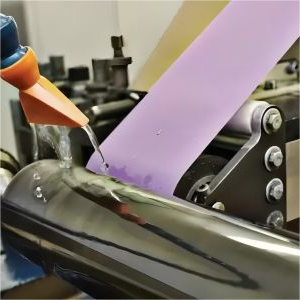
Roller finishing
-
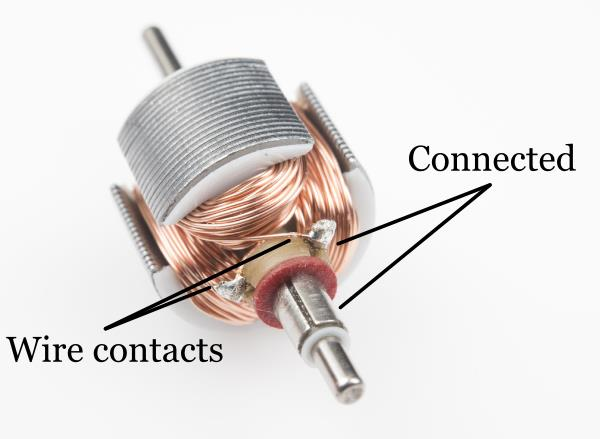
Electronics
-
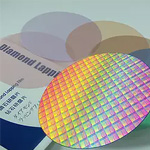
Semiconductors
-
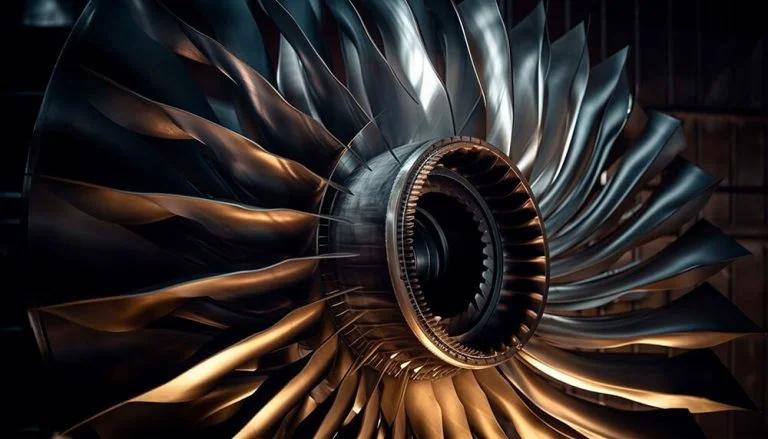
Aerospace
-
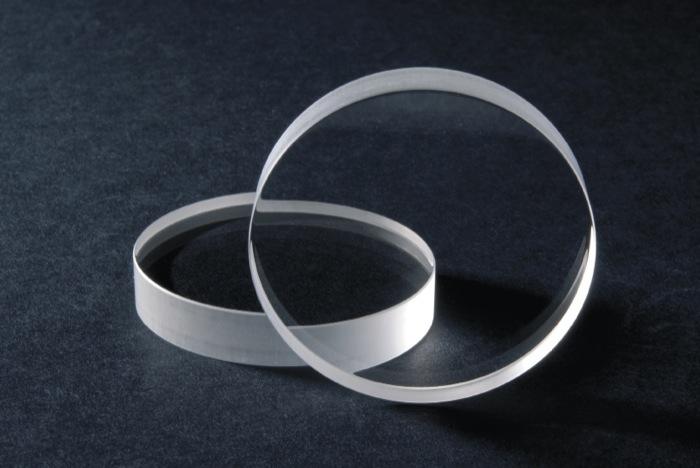
Optical Glass Crystal
-
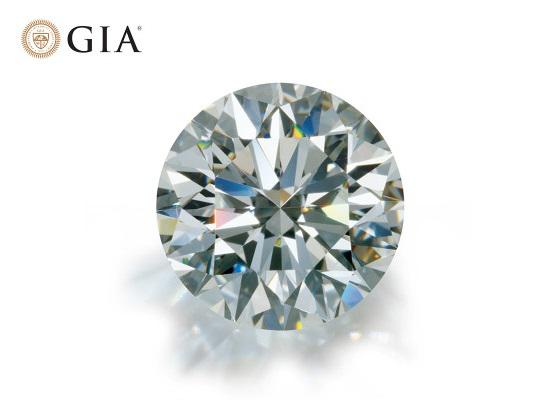
Jewellery lapidary
-

Medical
-
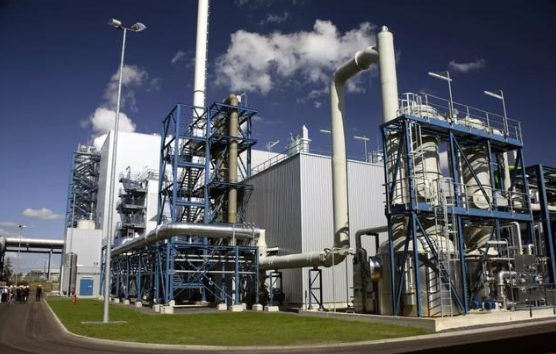
Oil & Gas
-

Food Processing
-
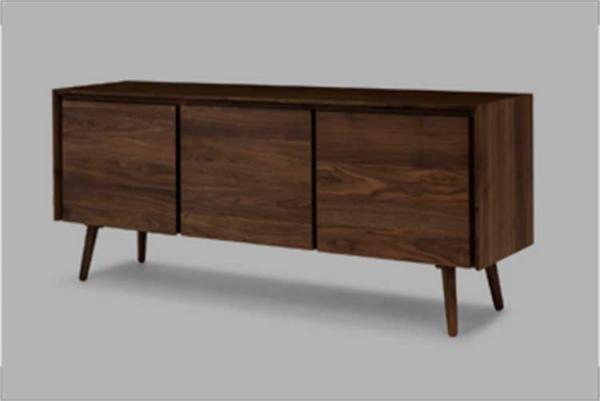
Furniture and Wood industry
-
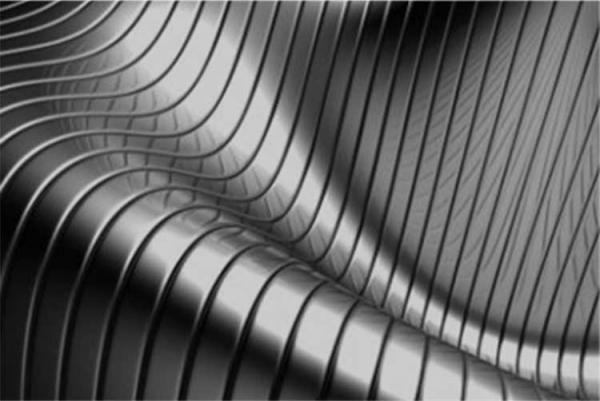
Metals Finish
-
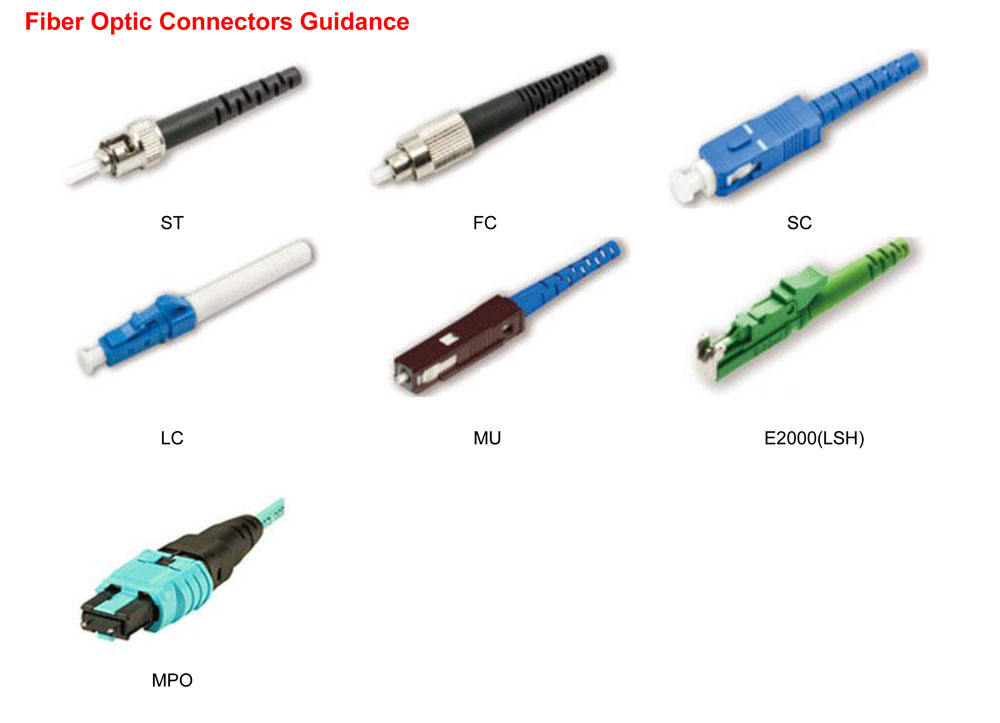
Fiber Optics Polishing
-
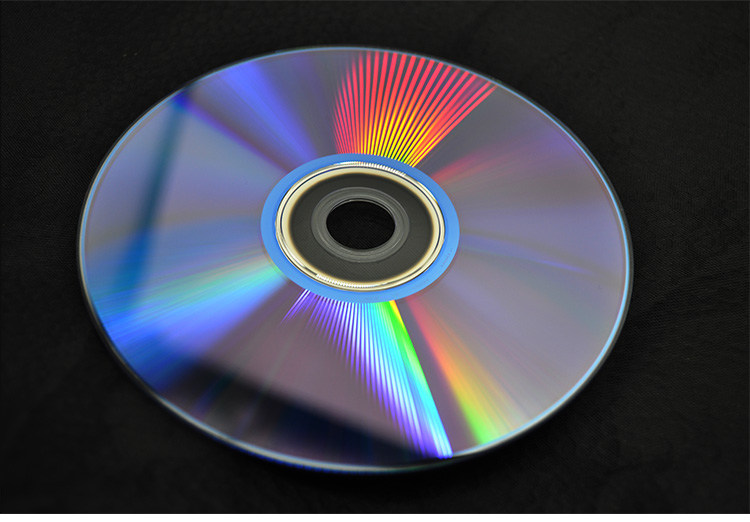
Music industry
-
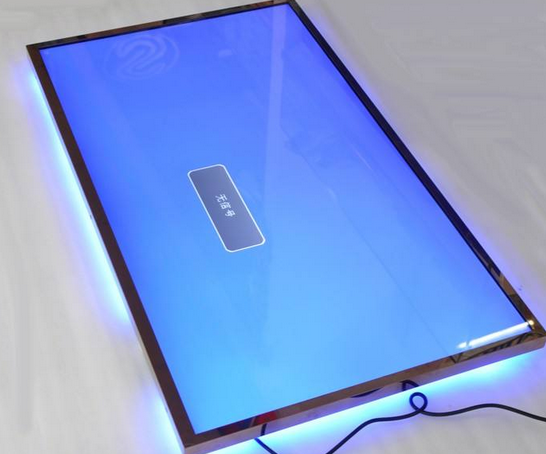
LED LCD Panel
-
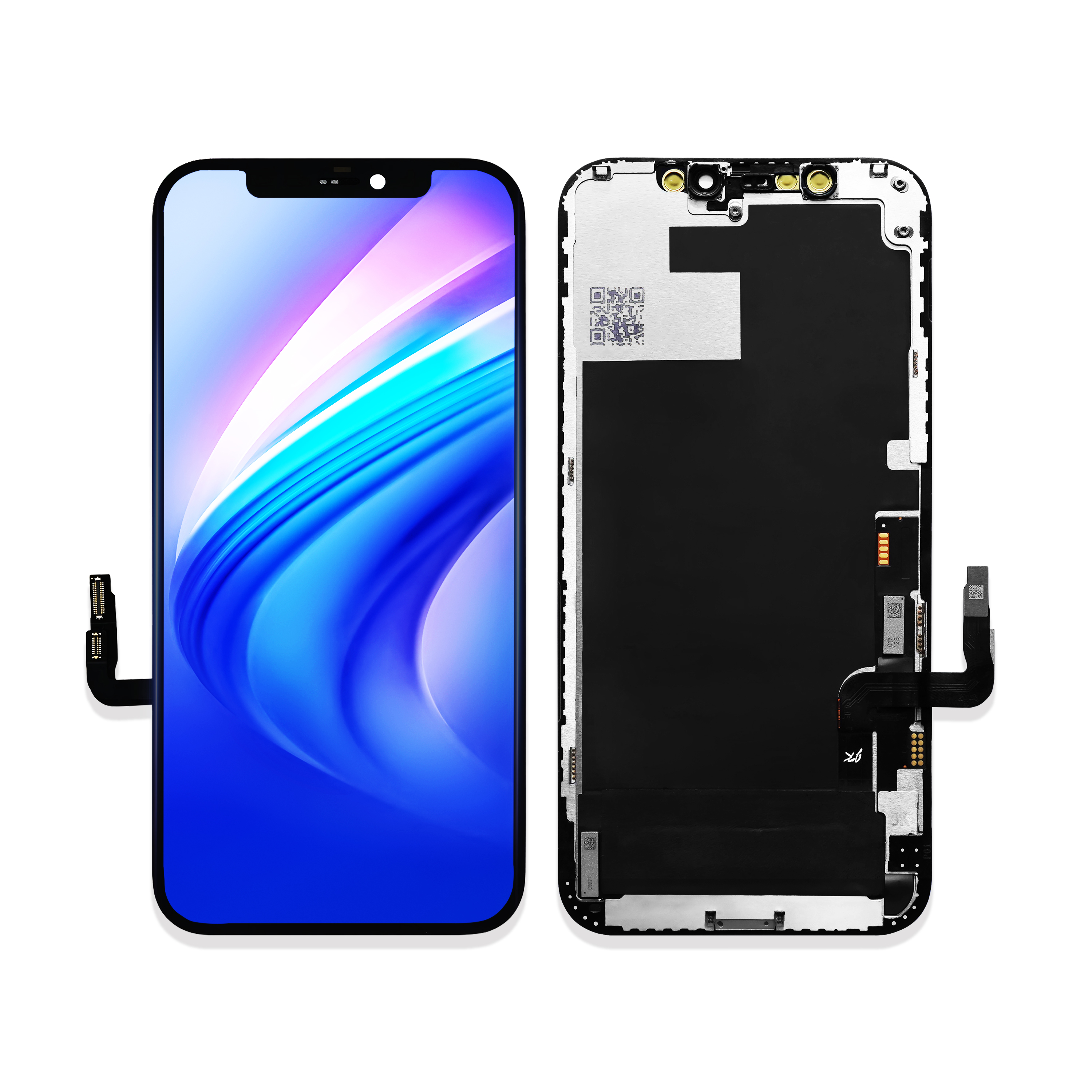
Mobile Phone Industry
-
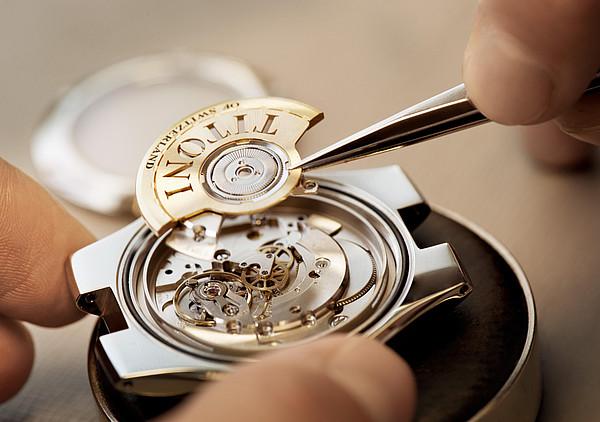
Watch
-
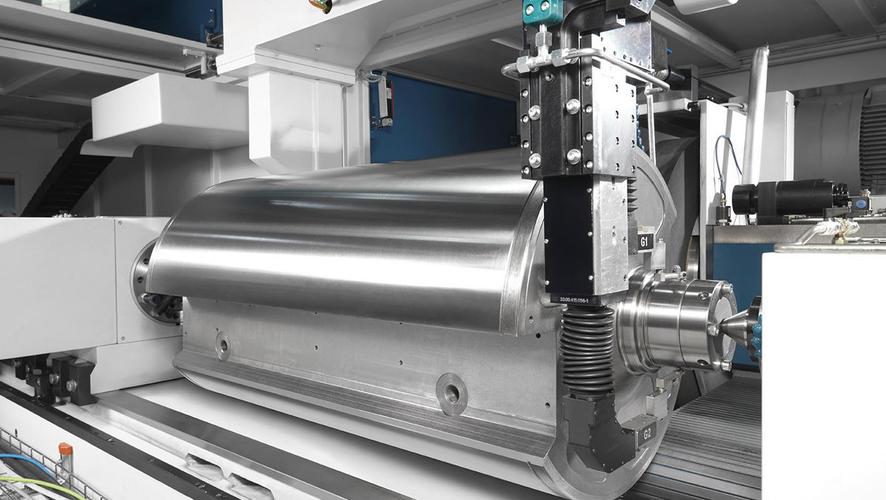
Printing and Paper industry
-
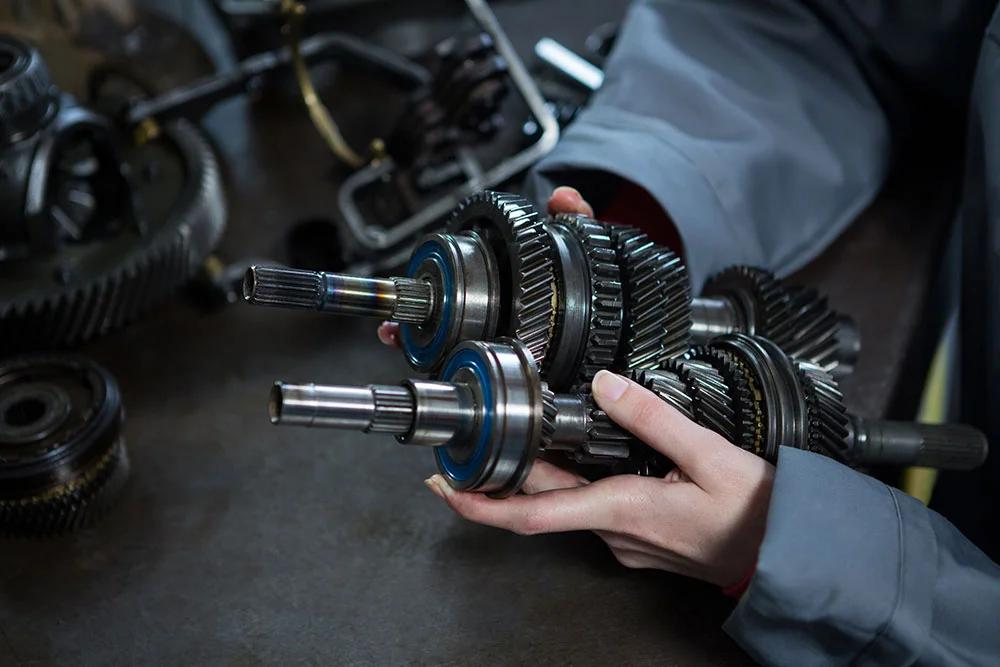
Engine and Machine parts
-

Hydraulic components
-
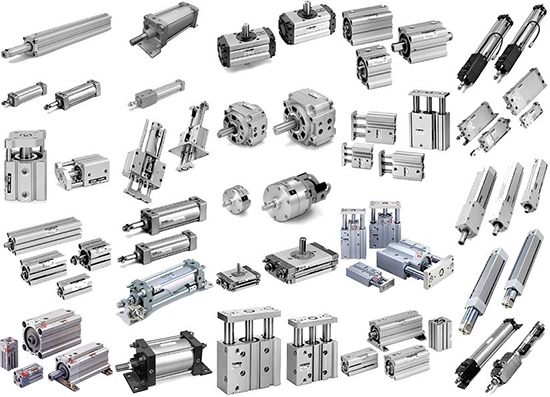
Pneumatic components
-
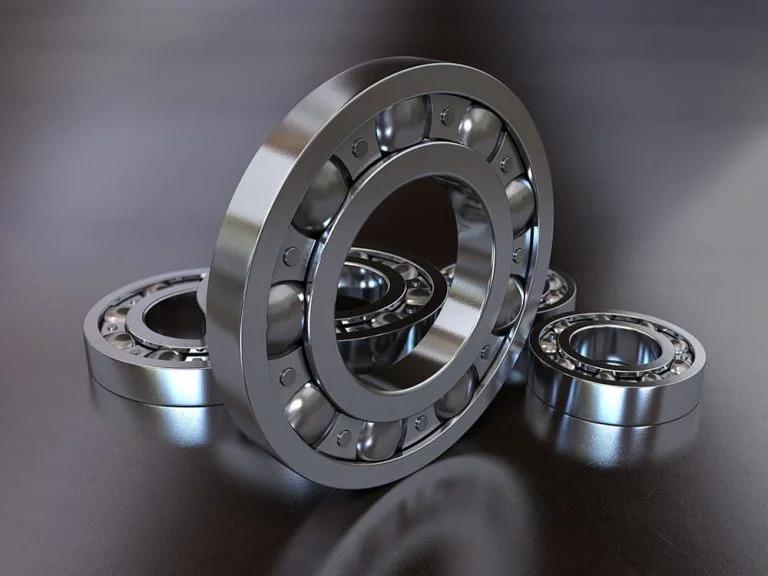
Ball bearings
-
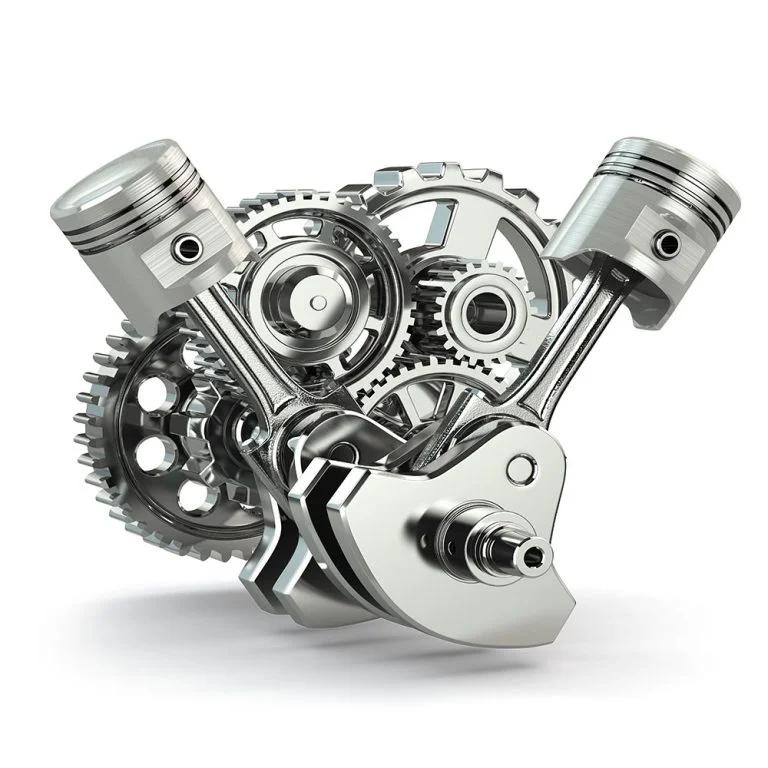
Gear and Train components
-

Moulds
-
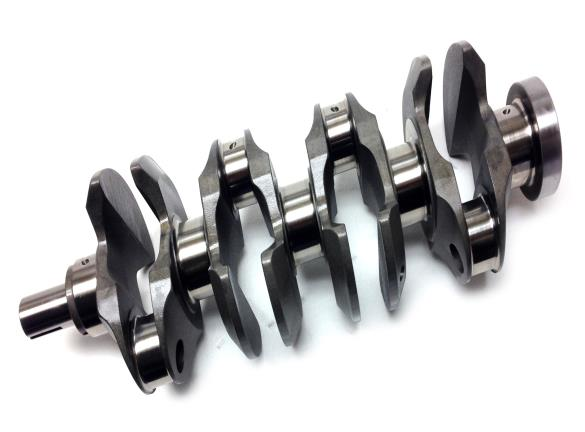
Cranks Cams and Steering devices
-

Dental Polishing
-

Knife Blade Tools sharpening
-
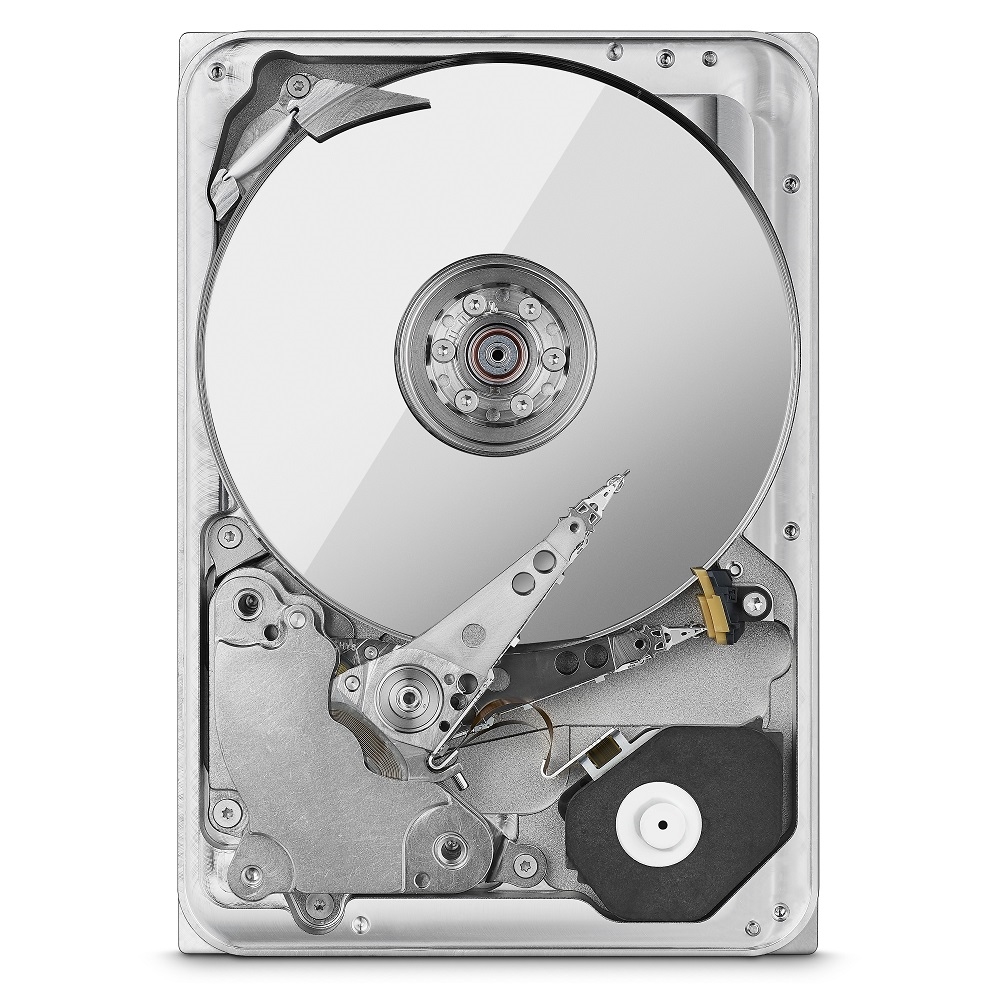
Hard disks and Magnetic head
-
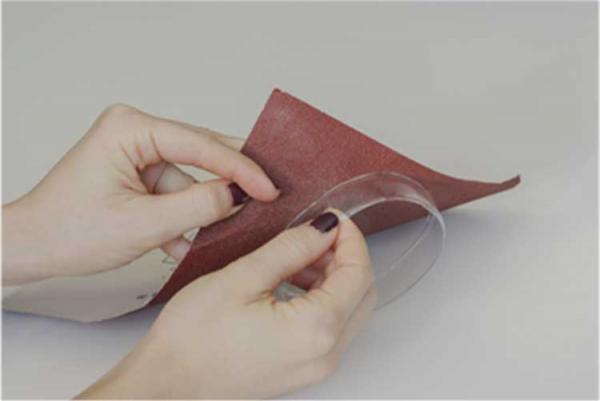
Other parts end face polishing

























































